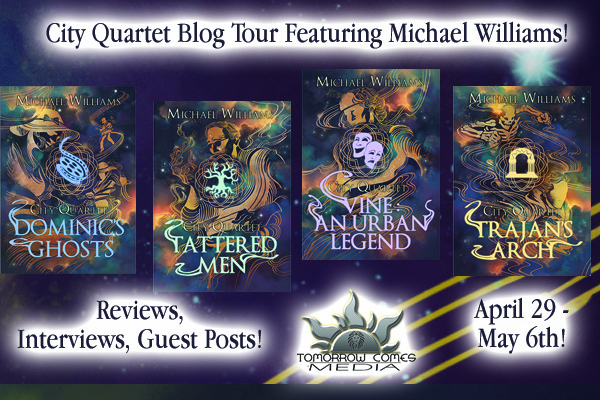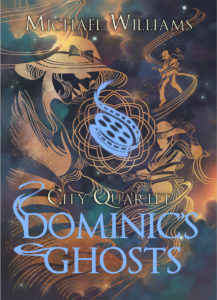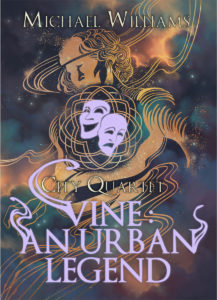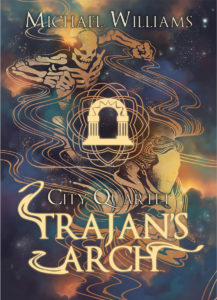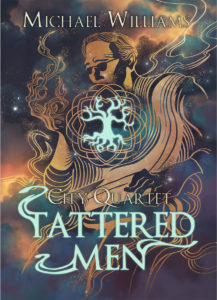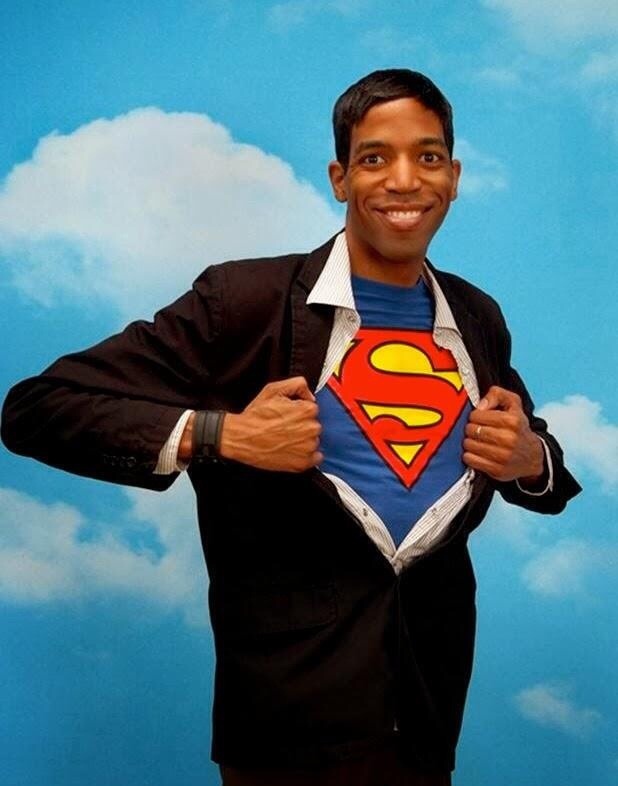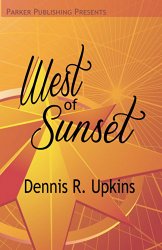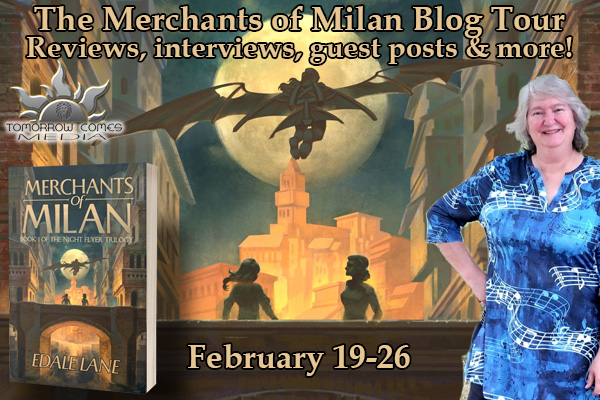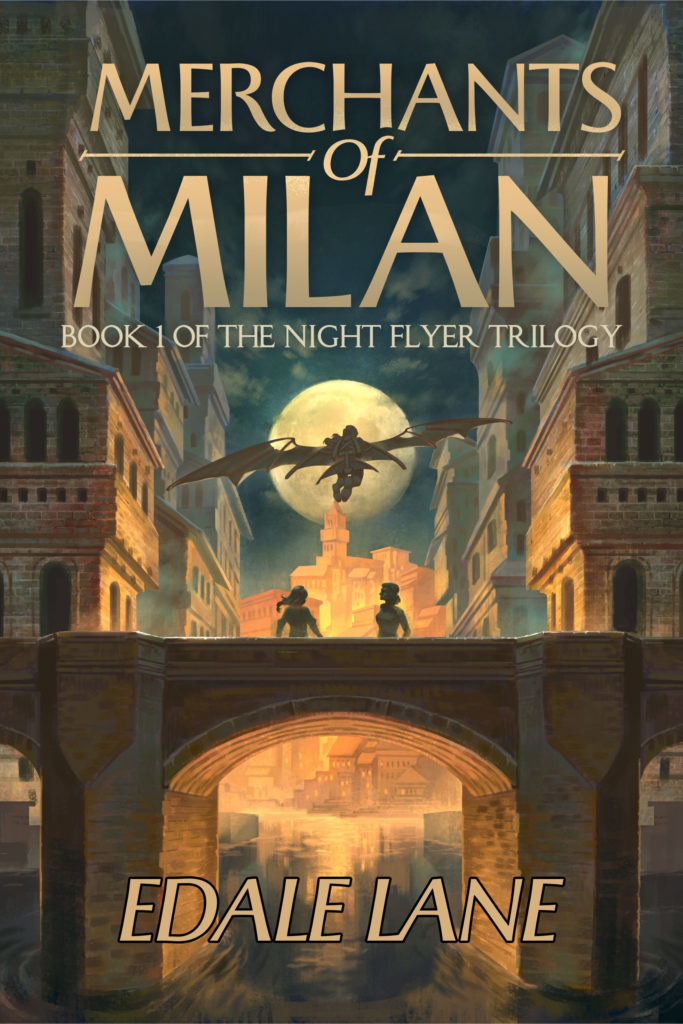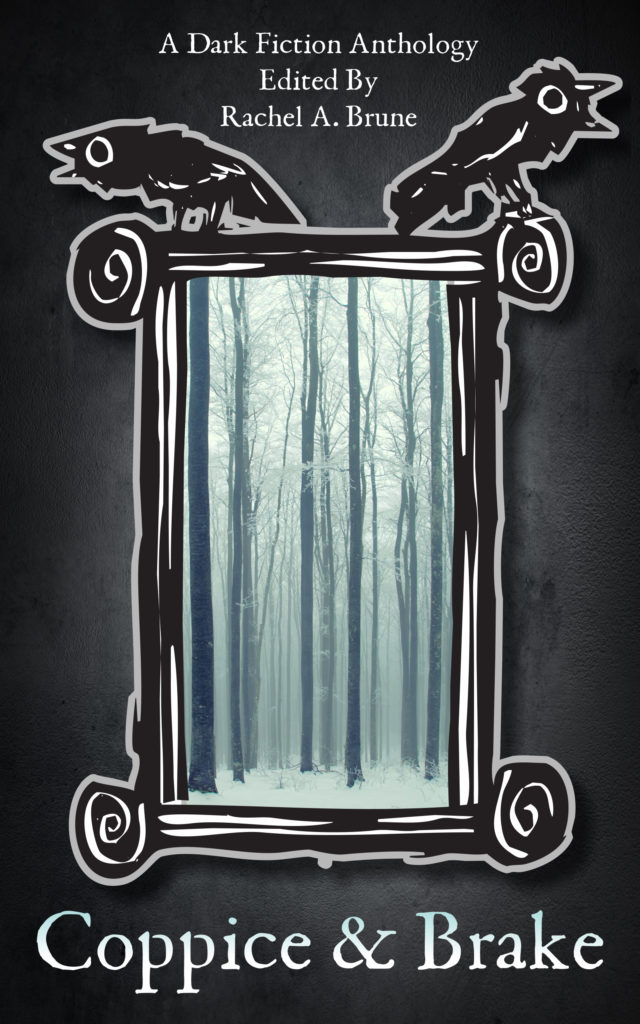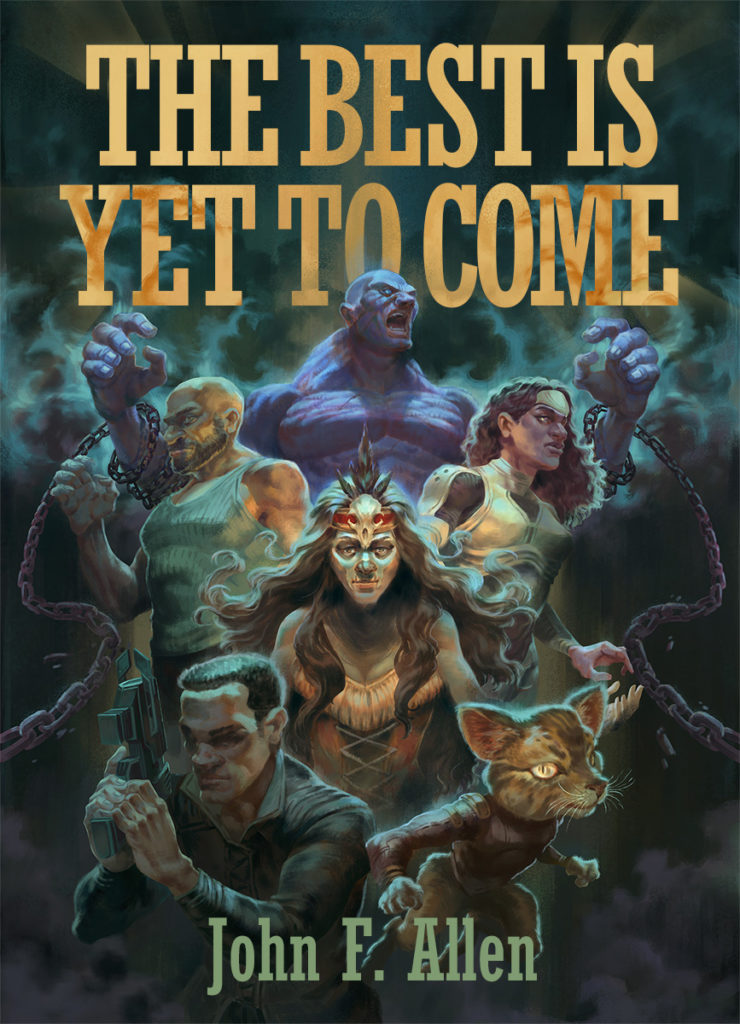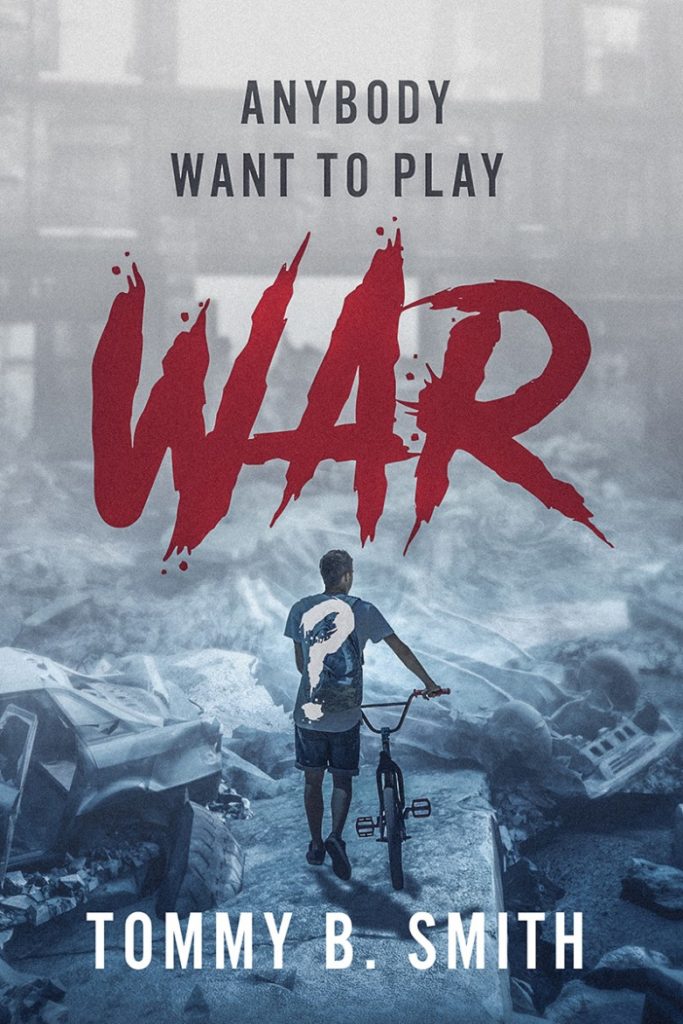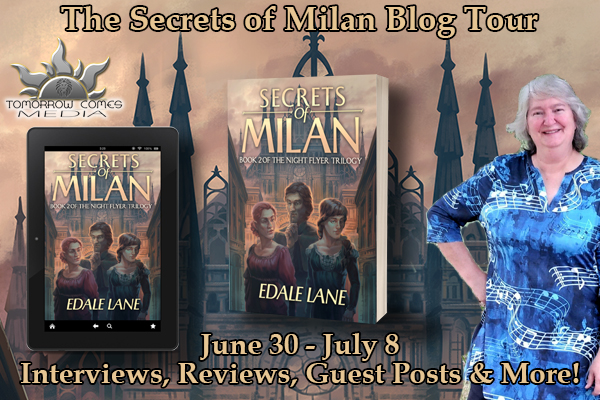
Trilogies and books in a series have become standard mode-of-operandi for authors in recent years. A trilogy is born when the story is too big to complete in just one novel, whereas books in a series simply continue the adventures of the characters established in the first book, introducing new plot-lines for each installment. The Night Flyer Trilogy is an example of the first.
I chose to pattern the three-novel arc on my two favorite trilogies–the Lord of the Rings and the original Star Wars Trilogy. In both of those celebrated works, there existed one over-arching plot, villain, and mission for the heroes to accomplish while being broken into three self-contained acts. Rather than employ impossible cliff-hangers to lure readers to the next book, I chose to follow the examples of Tolkien and Lucas by ending books one and two with a satisfactory wrap of the crisis at hand while still leaving the ultimate goal unfulfilled.
Some readers and movie goers are disappointed when a sequel does not live up to the original; much of my focus in writing Secrets of Milan was to ensure this was not the case. Thus far I have been relieved to read reviews stating the reader thought it was even better than Merchants of Milan.
The main plot line had already been laid out before I even started to write Secrets, but details emerged as I went along. One example is the heart-to-heart conversation between Madelena and her sister-in-law, Portia. Such an intimate scene was not part of the original conception, whereas big things like the church bombing was; but as I wrote Maddie’s story and saw that she longed so much to have someone to share the secret of who she loved with, I considered Portia–an older woman who shared the same household and was thoroughly in love with her husband, Alessandro (Maddie’s doting brother). If anyone in the cast of characters would be sympathetic to Maddie’s dilemma, it would be the pretty, petite Portia. I tried to broach the subject as organically as possible and hope it came across as such.
This book is somewhat longer than the first, but in the same basic word count range. One challenge was to keep the word count near to that of Merchants of Milan without skimping on anything important. Another decision that vexed me was how long to keep up the separation between Maddie and Florentina in the first segment of the novel. I wanted it to be long enough to create the desired tension and release, but not so long that it became tedious.
If anyone noticed, this book had its own internal trilogy, or three acts. The first was solving the romantic problem between the two lead characters while following some dead ends in the investigation. This culminated in the church bombing and Maddie resolving her issues. In the second act, the Night Flyer hunts down the man responsible for the church bombing while they work together on solving the mystery of the secret society which may have claimed another victim in one of Maddie’s friends. The third and final act is their trip to Rome for the exciting climax. As in the first book, this one ends with one villain defeated while the illusive mastermind is still at large.
In the third act, my researched paved the way for details to take form as I learned something new. Before writing Secrets of Milan, I had never heard of the Church of Quo Vadis south of Rome along the Appian Way. Upon discovering this unique landmark, I went back and included a reference to it in the clues so that Florentina would think of it when trying to find the suspected meeting place of the clandestine organization they sought to uncover. It is a small chapel built on the supposed site where Jesus appeared to St. Peter and told him to go back to Rome. Inside is on display a stone that has the impression of a set of human footprints that they claim belong to the risen Christ. The area near that chapel is home to one of many catacombs of Rome. From the original book outline, Florentina would seek out the shadowy cadre in catacombs, but discovering this tidbit provided me with the means by which she would find them. The catacombs dated back well over a thousand years in 1503, but had fallen out of use hundreds of years earlier and were not officially rediscovered until the mid-1500s, so Florentina needed another way to learn of an entrance. Enter the fascinating Church of Quo Vadis.
I have enjoyed researching and writing Secrets of Milan and hope readers think it lives up to my expectations for the second book of a trilogy. Characters and relationships grow and transform while we inch closer to uncovering the mysteries that lie hidden in the shadows. Look for lots of action in the final installment, Chaos in Milan!
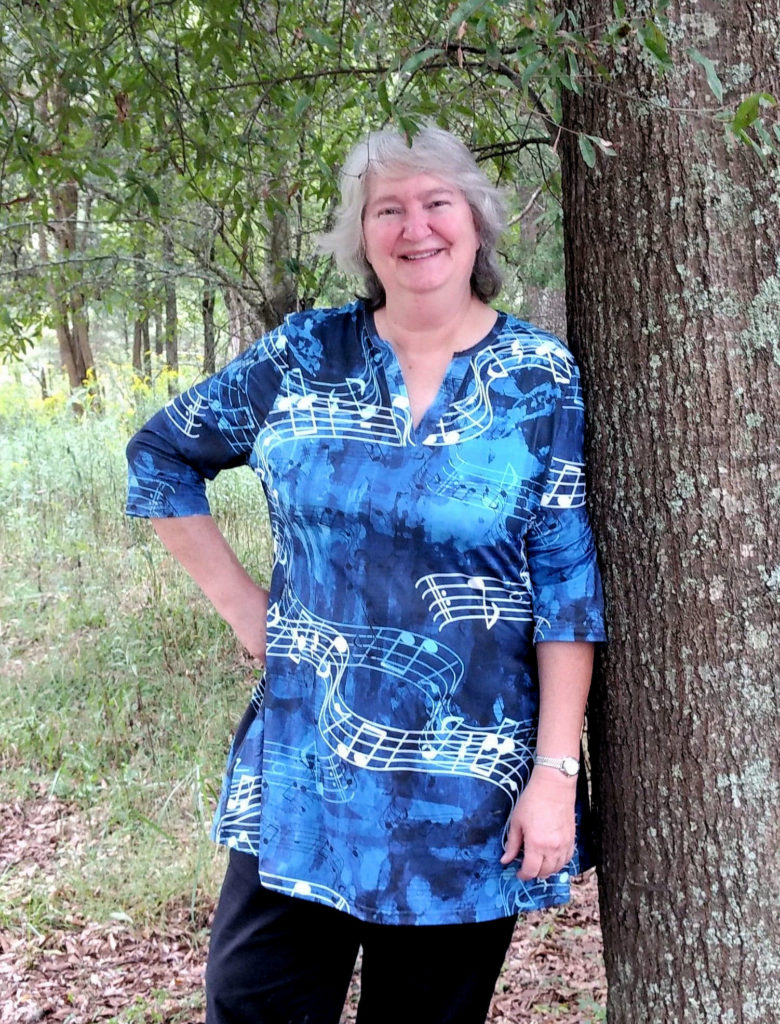
Edale Lane is the author of an award-winning 2019 debut novel, Heart of Sherwood. She is the alter-ego of author Melodie Romeo, (Vlad a Novel, Terror in Time, and others) who founded Past and Prologue Press. Both identities are qualified to write historical fiction by virtue of an MA in history and 24 years spent as a teacher, along with skill and dedication in regard to research. She is a successful author who also currently drives a tractor-trailer across the United States. A native of Vicksburg, Miss., Edale (or Melodie as the case may be) is also a musician who loves animals, gardening, and nature. Follow her on Twitter at @edalelane or on her website!
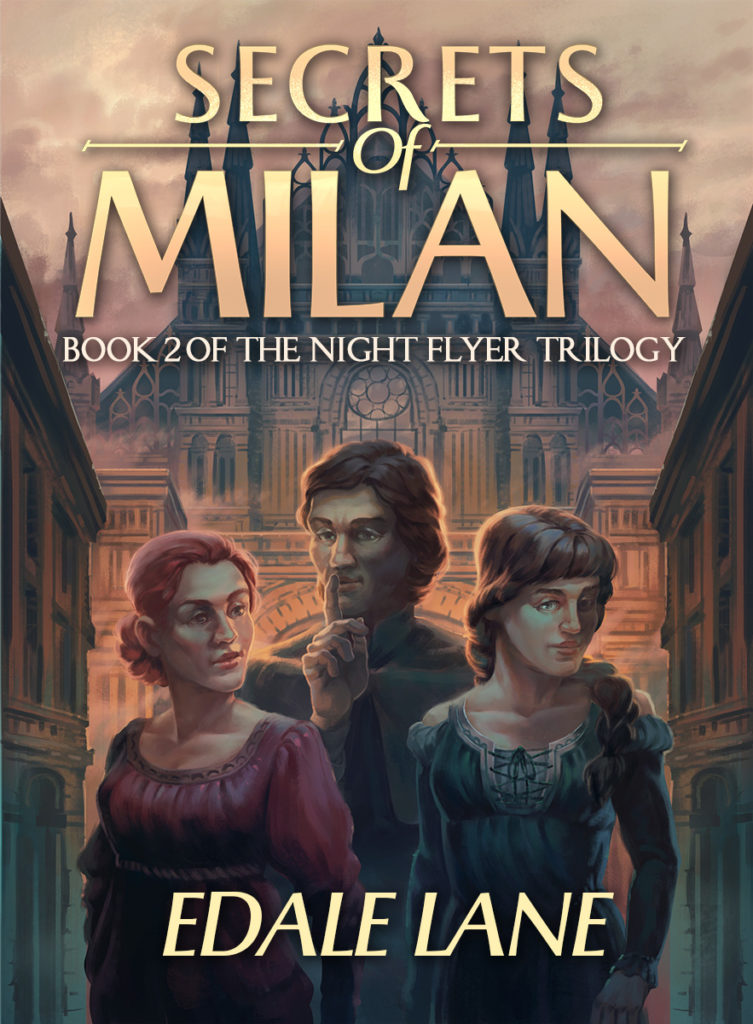
While Florentina as the Night Flyer searches for a mysterious underworld organization that has attempted to murder the woman she loves, Maddie struggles to deal with the danger Florentina is courting. Her brother, Alessandro, has become the most prominent merchant of Milan, but the Night Flyer uncovers a secret so shocking it could destroy them all.
Secrets of Milan is the second book in Edale Lane’s Night Flyer Trilogy, a tale of power, passion, and payback in Renaissance Italy. If you like drama and suspense, rich historical background, three-dimensional characters, and a romance that deepens into true love, then you’ll want to continue the Night Flyer saga.
Follow the rest of the Secrets of Milan blog tour!
Buy it now! Kindle Version or Print!


